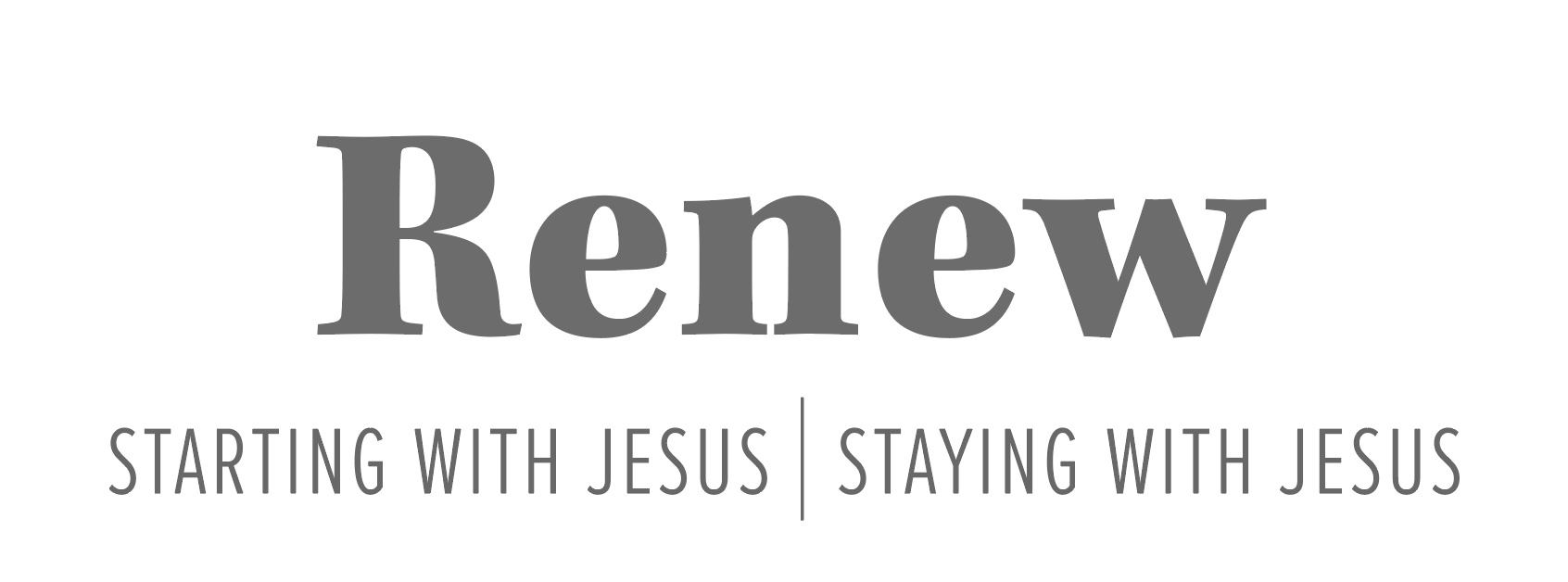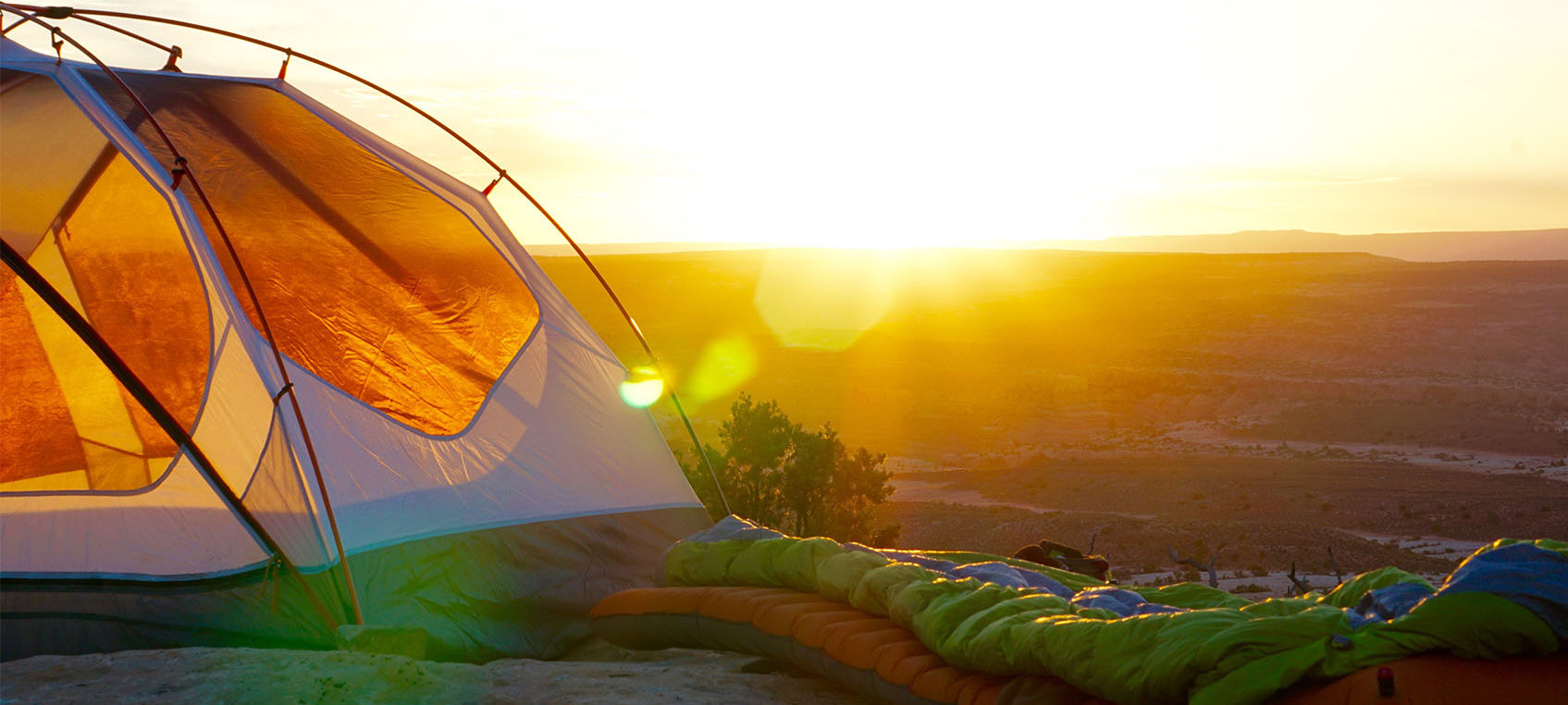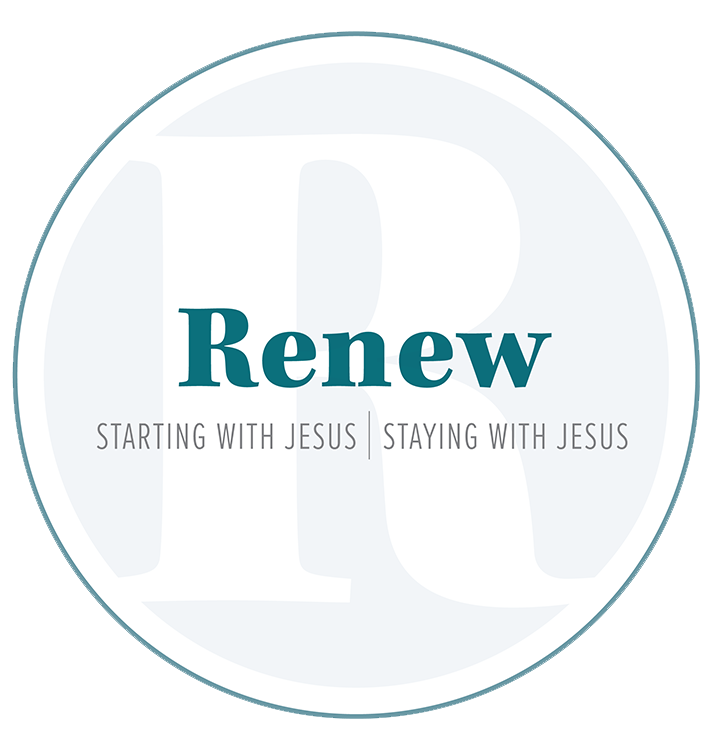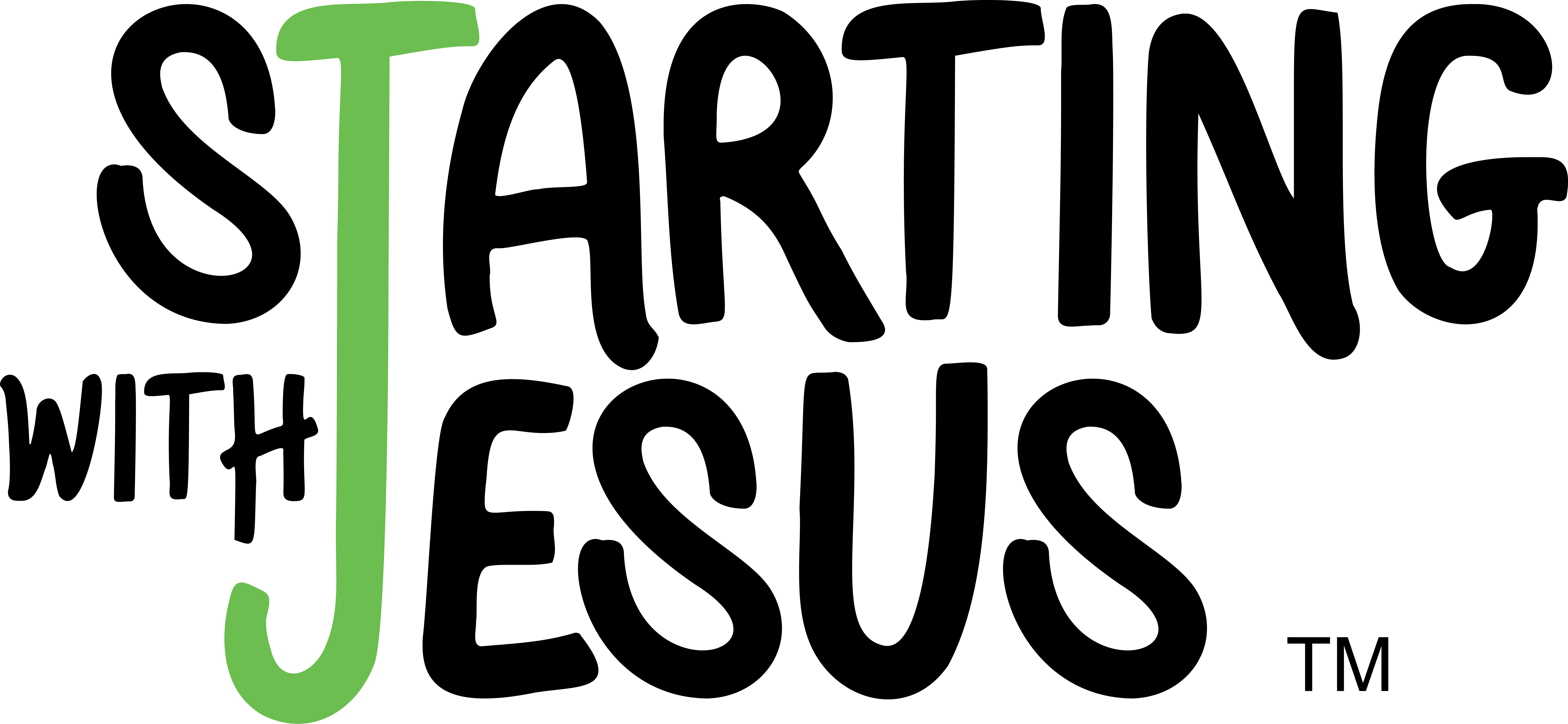

Lesson Thirty One
GOD’S BEAUTIFUL SANCTUARY
Memory Verse: Psalms 122:1
Further Study: Exodus 25-27; 30; 31; 35; 36; 39:32-40; Patriarch and Prophets: pp. 343-358; 363-373; The Story of Redemption: pp. 151-157; The Bible Story, vol. 2, pp. 177-187
There are some extremely detailed chapters in the Bible whether they be ancestry, land boundaries, or sacrificial offerings and we wonder why we should care. In fact, if honest, we may admit to skipping right over them because there is nothing to learn or at least nothing applicable for us today.
This could be a temptation in Exodus as we reach the detailed description of the wilderness sanctuary. To do so will mean skipping about a third of the book because that much space is devoted to its description. Why repeat it twice? Is it that important? Let’s review.
The Altar of Sacrifice: An altar signifies a place of worship. Many Bible stories begin or end with an altar being built for the purpose of sacrifice and worship. This one is found in the outer court near the tabernacle entrance. Here the people would bring their sacrifices. The blood of the sacrifice would be place on the horns of the altar found at each corner.
Laver: This bronze basin made from the mirrors supplied by the Israelite women held water for cleansing either before the priests performed a sacrifice or before they entered the sanctuary. They would wash both their hands and their feet. The priest was never to go before God without being cleansed.
Golden Table: The sanctuary sat in the wilderness east to west, with the outer court in the east and the Most Holy place in the west. The table, overlaid with gold, was immediately inside the first compartment to the north. On it were placed 12 loaves of bread in two stacks of six. These loaves were replaced each Sabbath and the previous loaves were given to the priests to eat.
Lampstand: The lampstand was found on the south side of the Holy Place across from the table. There were three branches off each side ending with a cup in the shape of an almond flower. There was an additional cup at the top for a total of seven lamps. The lampstand remained lit at all times.
Altar of Incense: This stood directly in front of the curtain that separated the Holy Place from the Most Holy Place. On it, the priests burned incense twice a day before. Since no one could enter the Most Holy Place it was at this altar where the priests or Moses met with God.
The Ark of the Covenant: This box was overlaid with gold. It held the Ten Commandments—the law. It was the only piece of furniture found in the Most Holy place. Separated from the first compartment by a curtain, no one was to enter this part of the sanctuary ever with one exception, the Day of Atonement. Then the High Priest, after much preparation, entered to atone for the sins of the nation.
Still wondering why you should care? It’s all about the symbolism and all the symbols point in one direction.
The Israelites had access to God through the altar. Here they would confess their sins and ask for forgiveness. We do not sacrifice animals as part of our confession because the ultimate sacrifice has been given. Jesus’ death on the cross (altar) is where our sins were placed; it is through His blood we are saved.
We wash our sins away and confess our love for Jesus through baptism. It is through baptism we are symbolically cleansed, just as the priests cleansed themselves before God. Our sins are washed away by the blood of Jesus.
The bread on the table represented the care of God for His people supplying all their needs in a desert wilderness. Jesus said He is the bread of life. He provides all we need or want whether things are going well or whether we find ourselves in the wilderness of sin.
Just as the light of the lamps never went out, God is ever-present and watchful, never sleeping, never alert to our needs. Jesus said He is the “Light” of the world for all people. In Him, we are never in darkness.
The incense filled the tabernacle with a lovely perfume. The smoke and the aroma represented the prayers of the people and the continual intercession before God of the needs of the people. Jesus is our advocate and continual representative to God, the Father. Even now, He intercedes on our behalf in the heavenly sanctuary, bringing our petitions to God.
The ark represented the relationship—the covenant—of God with His people. He came to dwell with them, to be “in the midst of them.” Later Jesus came to be in our midst, not behind a curtain, but Immanuel—“God with us.”
Did you hear the message? It’s all about Jesus. And that, my friends, is too important to miss.
Digging Deeper
Did you know that when Moses ascended Mount Sinai to receive the law the second time, Jesus was revealed to him?
“In the mount, when the law was given to Moses, the Coming One was shown to him also. He saw Christ’s work, and His mission to earth, when the Son of God should take upon Himself humanity and become a teacher and a guide to the world, and at last give Himself a ransom for their sins. When the perfect Offering should be made for the sins of men, the sacrificial offerings typifying the work of the Messiah were to cease. With the advent of Christ, the veil of uncertainty was to be lifted, and a flood of light shed upon the darkened understanding of His people.
“As Moses saw the day of Christ, and the new and living way of salvation that was to be opened through His blood, he was captivated and entranced. The praise of God was in his heart, and the divine glory that attended the giving of the law was so strikingly revealed in his countenance when he came down from the mount to walk with Israel, that the brightness was painful. Because of their transgressions, the people were unable to look upon his face, and he wore a veil that he might not terrify them. . . .
“Had the Israelites discerned the gospel light that was opened to Moses, had they been able by faith to look steadfastly to the end of that which was abolished, they could have endured the light which was reflected from the countenance of Moses.” (The Signs of the Times, August 25, 1887).
Making it Real
Moses face shone coming down the mountain because he grasped the plan of salvation. Already in a close relationship with God, when he saw the tremendous gift of Jesus to the human race in order to save them, he could not help but love Him even more.
Think today about how much God loves you, how much He sacrificed for you. Find ways to praise Him today in song, writing, or deeds.
- Find songs of praise for worship, then hum them throughout your day.
- Write a thank you letter to God. If you don’t have time to write it down, pray it through the day.
- What could you do for someone else to show God’s love to them?
Respond & Share
When you praise God, your spirits soar. How is your face shining for Jesus today?Please share with us in the comments!
_________
Merle Poirier writes from Silver Spring, Maryland, where she works as the operation manager for Adventist Review and Adventist World magazines as well as the designer for KidsView, a magazine for 8-12-year-olds. She enjoys spending time with her family including being the grandmother of two active little boys, who greatly enjoy Starting With Jesus.
Coming next week:
“NADAB AND ABIHU”
PREVIOUS LESSONS


